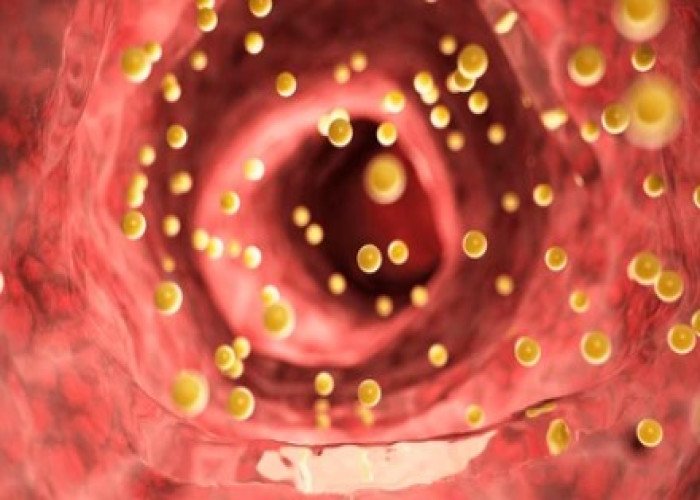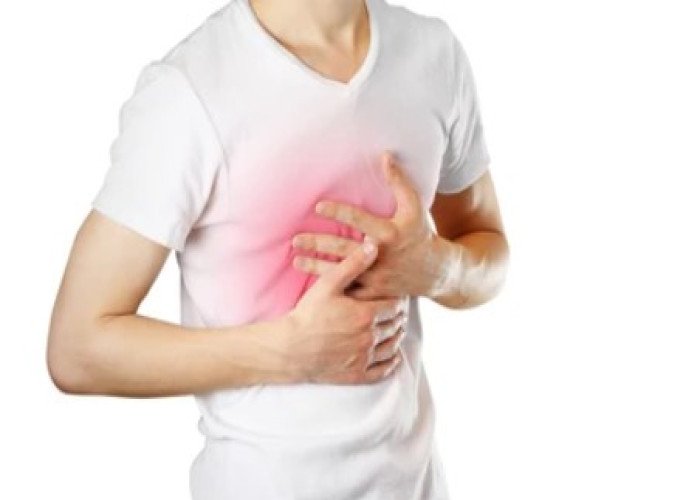 Welcome
Welcome
“May all be happy, may all be healed, may all be at peace and may no one ever suffer."
- A
- B
- C
- D
- E
- F
- G
- H
- I
- J
- K
- L
- M
- N
- O
- P
- Q
- R
- S
- T
- U
- V
- W
- X
- Y
- Z
Tuberculosis - Yoga remedies
Tuberculosis, or TB for short, is a bacterial infection caused by the bacteria Mycobacterium tuberculosis. It primarily affects the lungs but can also infect other parts of the body such as the kidneys, spine, and brain. TB is a contagious disease that can be spread through the air when an infected person coughs, sneezes, or talks.
Symptoms of TB include coughing for more than two weeks, chest pain, coughing up blood or phlegm, fatigue, fever, night sweats, and weight loss. TB can be diagnosed through a series of tests including a physical exam, chest X-ray, and laboratory tests.
TB is treated with a combination of antibiotics for several months. It is important to complete the full course of treatment to prevent the development of drug-resistant strains of the bacteria. In some cases, surgery may be required to remove infected tissue.
Prevention of TB involves identifying and treating infected individuals, as well as taking measures to prevent the spread of the disease. This can include isolating infected individuals, providing education about good hygiene practices, and implementing screening programs in high-risk populations.
TB remains a major global health problem, particularly in developing countries with poor healthcare infrastructure. The World Health Organization (WHO) has set targets for reducing the global burden of TB, including increasing access to diagnosis and treatment, improving research into new treatments and vaccines, and addressing social and economic factors that contribute to the spread of the disease.

Urinary tract infection

Acne

Colon inflammation

Gallstones

Pleurisy

Rheumatism

Leukorrhea

Ejaculation
Tuberculosis, যক্ষ্মারোগ
To be happy, beautiful, healthy, wealthy, hale and long-lived stay with DM3S.